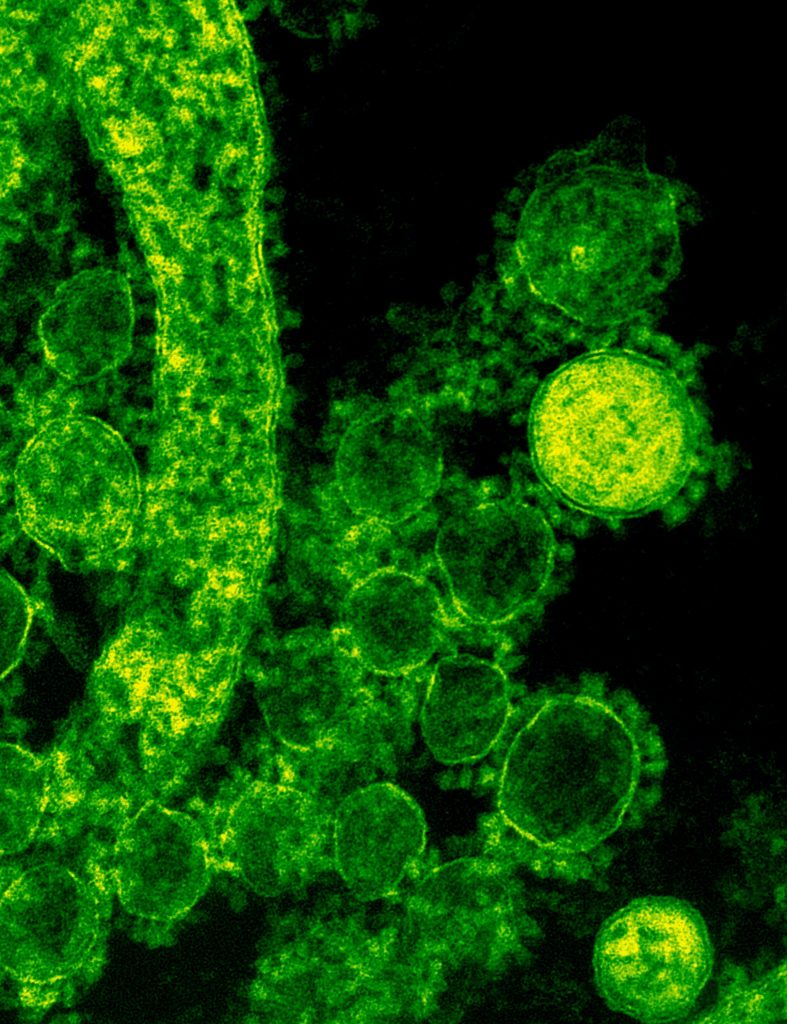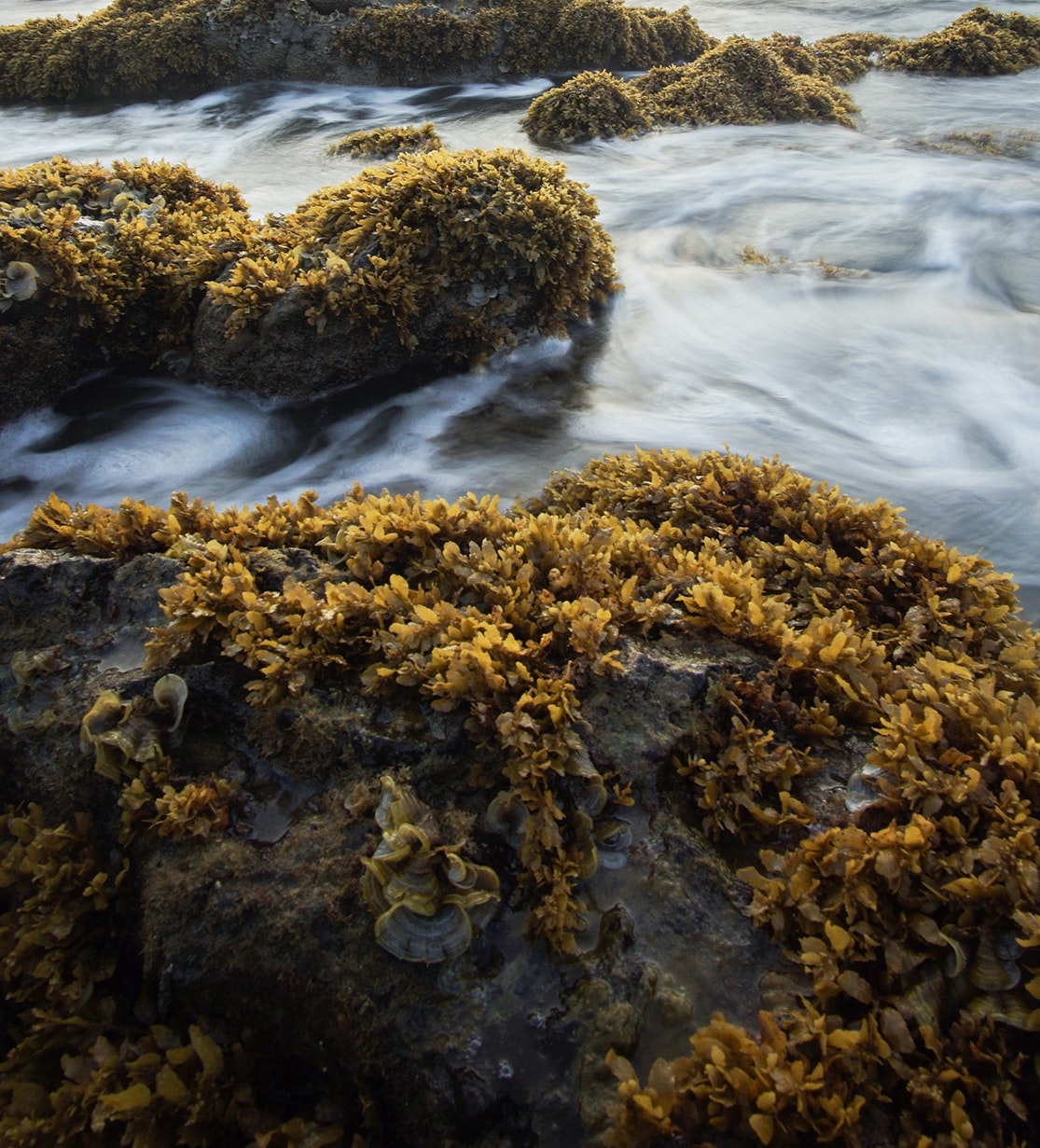Science behind Seaweeds
- Phycology is the study of all algae, including seaweeds.
- Algae can live in both freshwater & marine environments. Some algae have only one cell, while others, like seaweeds, have many cells.
- Seaweeds are classified as macroalgae, and fall into three main groups: red, brown and green seaweeds.
- Each of these groups contains thousands of different species.
- Here in Alaska, we are currently focusing on growing just a few types of the large, brown seaweeds that are commonly known as kelp.
- While all seaweeds are autotrophs, meaning they produce their own food through photosynthesis, they are not true plants.
- One of the main distinctions between seaweeds and land plants is that seaweeds don’t have complex root and leaf structures with specialized tissues. Instead, all the tissues that make up seaweeds photosynthesize, taking in water and nutrients.
- Even though seaweeds are not true plants, we use some similar terminology to describe them. For example, we call large groupings of kelp “underwater forests” and the top blades that are absorbing the majority of the sunlight are called “canopies”.


Structure of Seaweeds
Here we see some of the terminology that differs between seaweeds and true plants.
- In a seaweed, the entire organism is called a thallus.
- The leaflike structure is called a blade.
- On some species, there is a vein down the center called a midrib.
- A seaweed’s stem is called a stipe.
- And the holdfast is the rootlike structure that attaches a seaweed to its substrate, like a rock, or a rope, when we’re farming.
